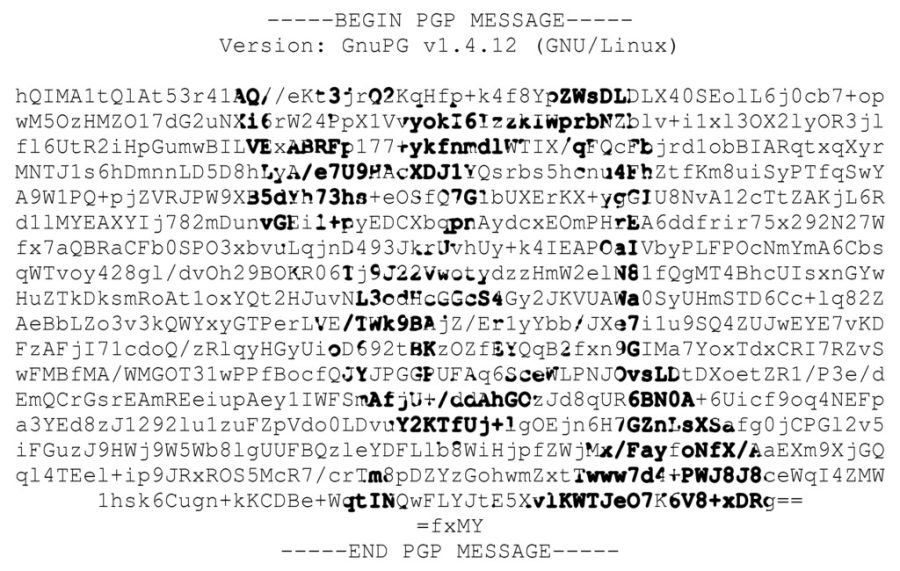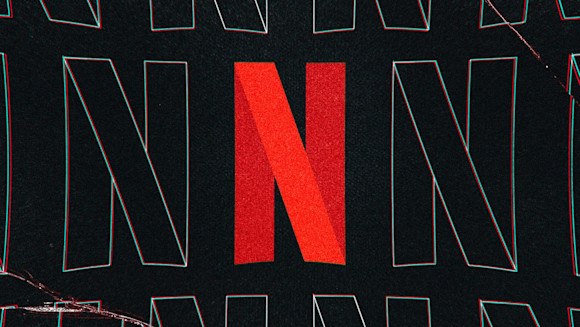Every time we send a text, post a meme, or watch a video, we’re taking part in a process we rarely think about. Behind every single interaction, the process of encoding and decoding occurs. This unspoken process has grown more over time and- plays a key role in shaping meaning around us, from the jokes we share online to the shows we watch on our screens. In this day and age, all platforms work together to interpret our intentions into ways we as a society can understand. As technology continues to advance, the way society interprets messages will grow meaning we will have a richer understanding of the world around us.
The terms encoding and decoding were heavily influenced through Hall’s Contemporary Cultural Studies where he studies how culture, power, and ideology shaped communication. The term was first coined by Stuart Hall in the early 1970s but was later more known as the Encoding/Decoding model in the early 80s. Hall’s study found that media producers create meaning by selecting: signs, images, language and frameworks to shape intended meanings. Messages which were encoded where heavily influenced by ideology. Decoding on the other hand involved individuals interpreting the media message based on class, culture, ideology and lived experience. Hall also discovered that audiences decoded messages in three different ways: Dominant reading (how producers want the audience to interpret text), Oppositional reading (audience rejects dominant reading) and Negotiated reading (audience accepts both reading but has an opinion).
In the Postmodern society we live in today, media audiences have become less passive and more active. This means that the lines between producer and audience have blurred – meaning that audience now construct and understand media text. An everyday example of encoding would be hand gestures.
In parts of society, this hand gesture ✌️represents peace, unity and is often used as a photography pose for informal photos such as selfies.
However, in other cultures, this hand gesture ✌️has negative connotations and can often be associated with acts such as terrorism.
This shows that even if a message is encoded with an innocent meaning, cultural context plays a big role in how the message is understood or perceived. Another example of encoding and decoding would be streaming platforms. When you press ‘play’ on Netflix, you are not receiving the movie exactly as it was made. You are getting the changes of the video in a different version so that you can watch it without any problems- because we are so use to the idea of clicking and being able to watch a movie instantly, we don’t notice all the behind the scenes work that goes into making a movie or series streamabale from anywhere in the world.
In conclusion, encoding and decoding shows us that communication is never one way. Every message carries an intended meaning, and the interpretation is heavily influenced by cultural context. This means when a message is constructed, other cultures should show us that communication is never one-way be taken into account.
REFERENCES:
NDTV Lifestyle Desk, 2025. South Korean Vlogger Makes Peace Sign In Turkey, What Happens Next Leaves Her Stunned. NDTV, 18 August. Available at: https://www.ndtv.com/lifestyle/south-korean-vlogger-makes-peace-sign-in-turkey-what-happens-next-leaves-her-stunned-9107241 (Accessed: 16th November).
Netflix Technology Blog, 2015. High Quality Video Encoding at Scale. Netflix Technology Blog, 9 December. Available at: https://netflixtechblog.com/high-quality-video-encoding-at-scale-d159db052746 (Accessed:16th November).



Hiya, I found your post really interesting, especially your example about the peace sign, I wasn’t aware of its alternative meanings. It’s interesting how different things we have established in our mind can be interpreted by others, especially due to environment and upbringing